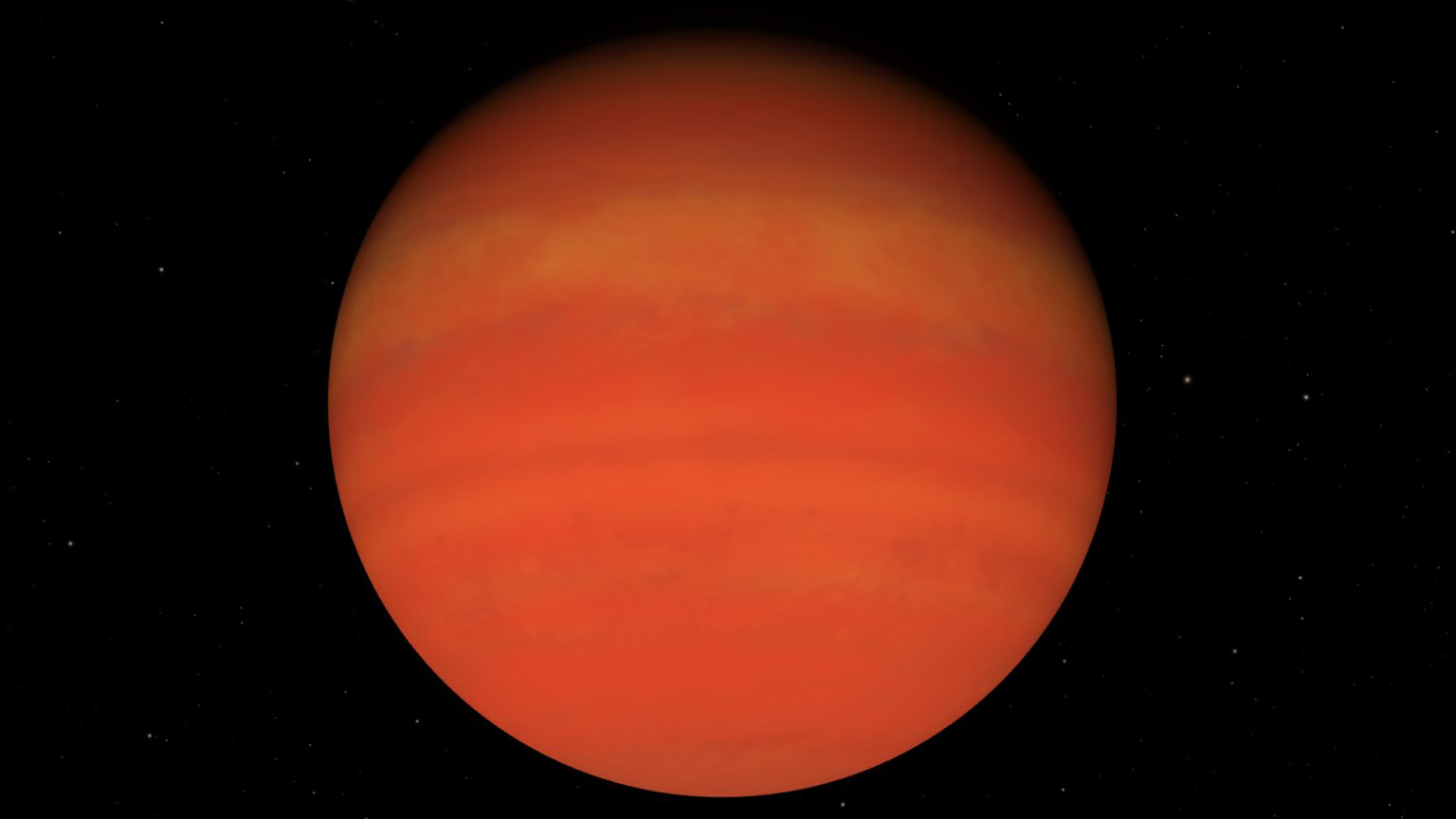HD 80606 b, a gas giant exoplanet located approximately 217 light-years from Earth in the constellation Ursa Major, endures a harrowing celestial dance with its host star every 111 days. Nicknamed “the roasted planet” by NASA, this Jupiter-like world, over four times more massive and slightly wider than Jupiter, follows a highly elliptical orbit. This peculiar trajectory takes it on a scorching close approach to its star, before flinging it back out into the relative coolness of space. This extreme orbital variation subjects the planet to a dramatic swing in temperatures and atmospheric conditions, creating a truly infernal environment.
The planet’s close approach, a mere 2.7 million miles from its star compared to Earth’s comfortable 93 million miles from the Sun, exposes HD 80606 b to an unimaginable blast of stellar radiation. At this point, the star would appear 30 times larger in the planet’s sky than our Sun does from Earth. This proximity results in a rapid and dramatic temperature spike, rising over 500°C in just a few hours, reaching a peak of 1,093°C. This intense heat boils the planet’s atmosphere, creating a chaotic maelstrom of supersonic winds, reaching speeds of up to 11,000 mph, and violent shockwave storms.
This “star-grazing torture,” as described by astronomers, affects both the day and night sides of the planet, effectively roasting the entire world with each close pass. Unlike planets with more circular orbits, which experience a relatively consistent amount of stellar radiation, HD 80606 b endures a cyclical inferno, alternating between extreme heat and relative coolness. However, even at its furthest point from the star, 81.8 million miles, the planet remains significantly hotter than Jupiter, classifying it as a “hot Jupiter” due to its consistently elevated temperatures.
The discovery of HD 80606 b in April 2001, through the transit method, where the planet was observed passing in front of its star, provided scientists with a unique opportunity to study the dynamics of extreme planetary environments. The transit, lasting approximately 12.1 hours, allows astronomers to measure the planet’s size and orbital period. While exoplanets are typically too dim and small to be directly observed, the transit method provides a crucial tool for their detection and characterization. The dimming of the star’s light as the planet passes in front provides valuable data about the planet’s characteristics.
The extreme conditions on HD 80606 b highlight the diversity of planetary systems in the universe and offer insights into the complex interactions between planets and their host stars. This “roasted planet” serves as a stark reminder of the vastly different environments that exist beyond our solar system. While the search for habitable exoplanets continues, the study of extreme worlds like HD 80606 b expands our understanding of planetary formation and evolution, providing valuable context for the search for life beyond Earth. The extreme nature of this planet’s orbit and its resulting atmospheric conditions provide a natural laboratory for studying atmospheric dynamics under extreme pressures and temperatures.
The dramatic depiction of HD 80606 b’s ordeal, encapsulated in NASA’s “Galaxy of Horrors” poster, underscores the fascinating yet hostile environments found in the vast expanse of space. With the tagline “Can you hear this exoplanet screaming?”, NASA effectively captures the violent and inhospitable nature of this scorched world. The poster, designed in the style of classic horror movie advertisements, serves as a striking reminder of the diverse and often extreme conditions found on planets beyond our solar system, further igniting public interest in the exploration and understanding of exoplanets. The continued study of exoplanets like HD 80606 b is essential to expanding our knowledge of planetary science and the search for life beyond Earth.


